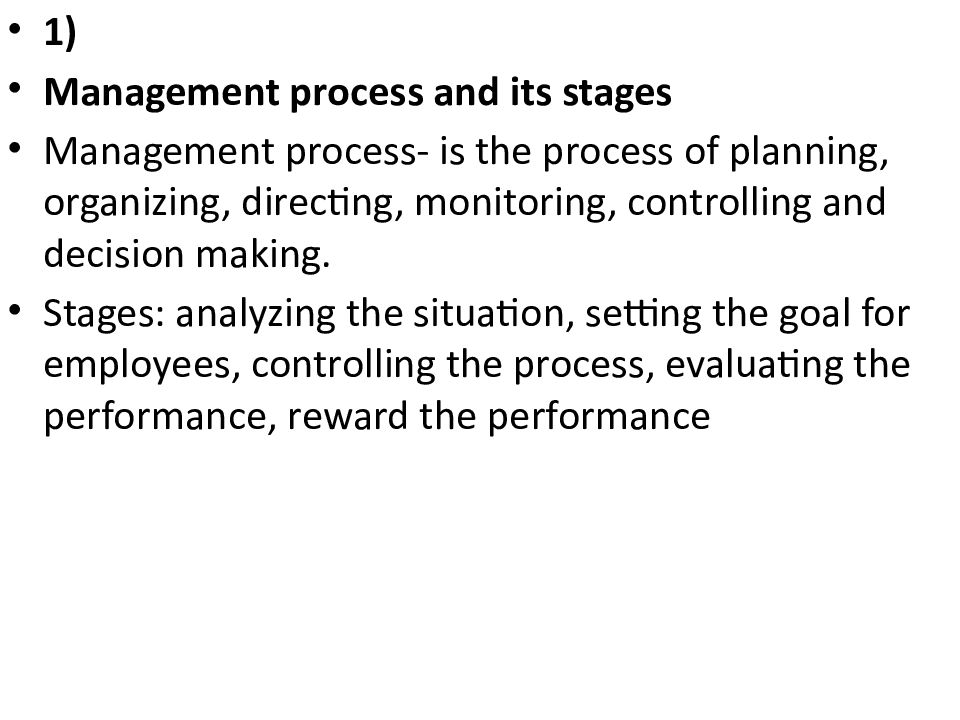Первый слайд презентации: Programs for organizing video conferences
GROUP: FOA 201 Altynbek Zhibek Zheksenbaeva Zhadyra Kenzhebay Akniet Nysanbaeva Inara Serikova Makhabbat
Слайд 2: PLAN:
Programs for organizing video conferences 4 I ntroduction 1 History of video conferencing 2 Where are video Conferences used? 3 С onclusion 5 Zoom Google Meet Cisco WebEx
Слайд 3: Introduction
Video communication systems that are familiar to us today have overcome a long path of development and formation: more than a hundred years have passed from fantastic ideas born of a belief in unstoppable technological progress to the first mass implementations of videoconferencing. Many dramatic events took place during this time period. The road to success was not easy at all.
Слайд 4: History of video conferencing
The idea of creating video communication systems originated in advanced engineering minds quite a long time ago. Around the end of the 19th century, along with the first experiments on television, it was realized that communication systems can transmit over long distances not only voice or Telegraph signals, but even images. But from the idea to the first physical implementation, several decades passed. Video conferencing first entered the market in 1964, when AT&T introduced its video telephony system. The idea aroused interest, but the lack of effective video compression methods did its job - the image quality was low. In addition, the Videophone required special expensive communication channels, since the switched channels that were used everywhere did not have sufficient bandwidth.In the early 1980s, ISDN network standards reduced the cost of operating video communications, and in 1982, Compression Labs introduced its video conferencing system, which, however, was hardly affordable. The system cost $ 250,000 and used communication channels that cost $ 1,000 to rent per hour
Слайд 6: Programs for organizing video conferences
It is not easy to find a good program for video conferences. But it's even harder to dig up a really free one. The right decision depends on the types of meetings you hold.
Слайд 7: Zoom
Zoom is a service for video conferences, online meetings, and distance learning for schoolchildren. The program is great for individual and group classes, students can log in from both a computer and a tablet with a phone. Anyone with a link or conference ID can join the video conference. You can schedule an event in advance, or you can make a recurring link, meaning that you can make the same login link for a regular lesson at a certain time.
Слайд 8: Google Meet
Google Meet (formerly Google Hangouts) is a service for business communications. It consists of the Meet (for group video communication) and Chat (for creating group chats) applications. Works on mobile platforms. Google Meet Features : Features Of Google Meet :
Слайд 9: Cisco WebEx
Cisco WebEx - what is this program?The Cisco WebEx webinar platform is a cloud-based service (platform) for conducting any web conferences, allowing participants to exchange information at any time from a global cloud environment, anywhere, using a computer or mobile devices. The service is also presented in the Cisco WebEx Meetings Server server solution for implementation in the company's corporate it infrastructure.
Слайд 10: С onclusion
Video conferencing features and benefits Save time. Using video conferencing allows you to hold meetings with remote colleagues" on the fly " directly from your workplace or from the meeting room. There is no loss of time for moving, business trips and gathering participants, not to mention a lot of expenses. Ease of use. To organize a video conference, simply invite your colleagues to a video conference and start the event at the same time, or choose the start time when planning a meeting. In the second case, the video conferences system will also remind you of the scheduled meeting. Do not forget that in the era of Skype, the interface of video conferences systems is very simple, clear and does not require time for training employees. Scalability. The number of participants is limited only by the capabilities of the video conferences infrastructure: the interlocutor may be one, there may be several tens or even thousands of them. Reality. Unlike a telephone conversation, video conferencing involves visual contact, the ability to" read " the emotions of the interlocutor, to see his articulation. In addition, video conferences systems do not allow you to be distracted by third-party business during communication and fully focus the attention of the interlocutor on communication, as during a real meeting. Security. Modern video conferencing systems are based on specialized codecs, proprietary protocols and actively use encryption, so security risks are associated today exclusively with the human factor.













